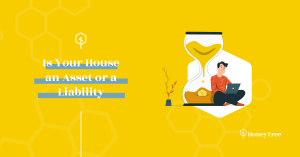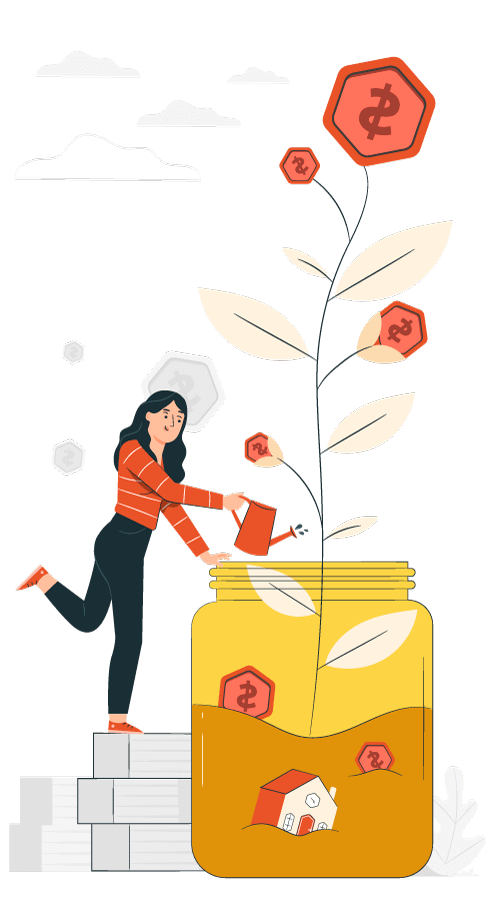For whatever reason, many controversies exist about leveraging your home equity line of credit (your HELOC, if you prefer) to invest in dividend-paying investments. While many borrow to invest in cars, homes, and vacations, they seem to reach a financial impasse when thinking about leveraging.
Like anything else, leveraging sounds scary to those who don’t understand what it means. If you were to borrow, for example, $100,000 at 5%, you would likely assume that you would have to earn a 5% rate of return on your investments to break even. Straightforward? Probably. Wrong? Definitely. Here’s why:
When you look at simple vs. compound interest over time, the interest tax deduction, and take the tax deferral on the investments into account, the break-even return on investments is lower than the borrowing cost. When you make annual interest payments on a loan, they are considered simple interest. For any visual learners, on a graph you’d see your interest payments moving up and to the right. Let’s now think about a $100,000 investment earning 5%. The compound interest at work here will similarly be growing upward and to the right. Making annual interest payments on a loan means simple interests apply and investments compound. The longer you hold the investments, the greater they will compound and the lower your return will need to be to break even.
It’s also important to consider tax deductions. When you borrow to invest, the interest cost is treated like a carrying charge on your tax return, creating a deduction identical to an RRSP contribution. For example, if your marginal tax rate is 30%, your after-tax cost of borrowing is 3.5%. It’s important to remember the value of this tax deduction and the benefits of reinvesting it. The less tax you pay on your investments as they continue to grow, the more money you have invested, and the more your return will compound over time.
So…do dividend-paying investments make sense? Well, that depends on your end goal. If you’re looking for a safe investment with good returns, you might consider them. However, this probably isn’t the best course of action if you’re looking to pay off some interest charges.
Before you decide, ask yourself the following questions: Will it reduce your income so you can get more of the Canada Child Tax Benefit, GIS, OAS, and the Age Credit? Will the tax deduction offset the tax owed on RRIF or INVESTCO withdrawals? Can you use the tax deductions to pay off your mortgage faster and accumulate investments?
Remember: as long as you borrow within your budget, choose a smart, broad market investment, and have the necessary patience, you’ll be doing everything you can to set yourself up for safe and successful investments.
At HoneyTree Grow, we make real estate investing simple. Our team consists of independently successful real estate investors who have been focused on building commercial real estate portfolios for over five years. Contact us to learn more!











